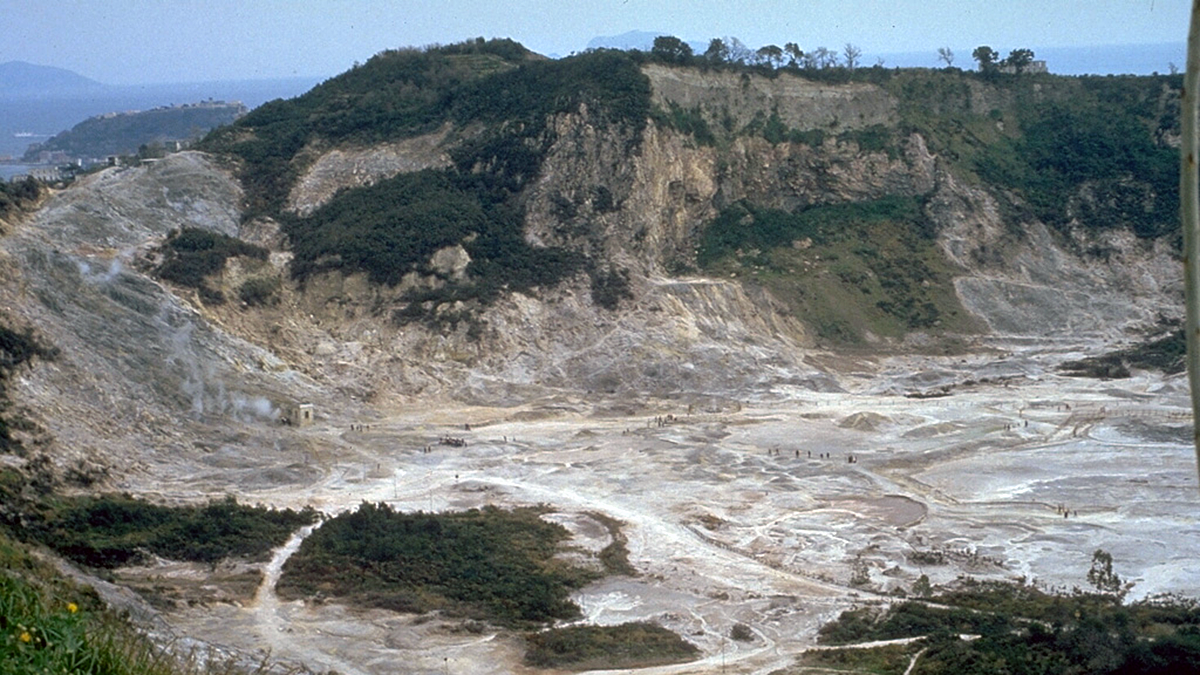Editors’ Highlights are summaries of recent papers by AGU’s journal editors.
Source: AGU Advances
Magma transport involves interactions of rocks and volatiles in their solid, fluid, and gas phases that must be captured by physical models across a vast range of scales. What complicates matters further is that eruptions respond to heterogeneous and time-variable source conditions modulated by a crust that experiences hysteresis due to its volcano-tectonic history. Any efforts of interpreting signals such as the multi-decadal unrest at the Campi Flegrei, Italy volcanic fields thus must find the balance between honoring the regional specifics and fundamental volcano dynamics.

Buono et al. [2025] present a sweeping review that seeks to integrate rock physics, seismic tomography, and mechanical modeling into a systems-level understanding of the Campi Flegrei setting. It appears that the combination of caldera geometry and lithology leads to a crustal stress state that affects volcanic dike ascent which in turn may feed back into crustal deformation behavior. This suggests the importance of a resulting weak crustal layer for subsequent magma and gas pathways and perhaps an evolutionary scenario for similar volcanic centers. While the modeling is suggestive, there are a range of interactions and features left to be explored. However, the range of geophysical and geological constraints that are accessible in well instrumented volcanic systems points toward the potential of future, fully integrated models that might be capable of assimilating time dependent observations for improved, physics-based forecasting of volcanic hazards.
Citation: Buono, G., Maccaferri, F., Pappalardo, L., Tramelli, A., Caliro, S., Chiodini, G., et al. (2025). Weak crust owing past magmatic intrusions beneath Campi Flegrei identified: The engine for bradyseismic movements? AGU Advances, 6, e2024AV001611. https://doi.org/10.1029/2024AV001611
—Thorsten Becker, Editor, AGU Advances

